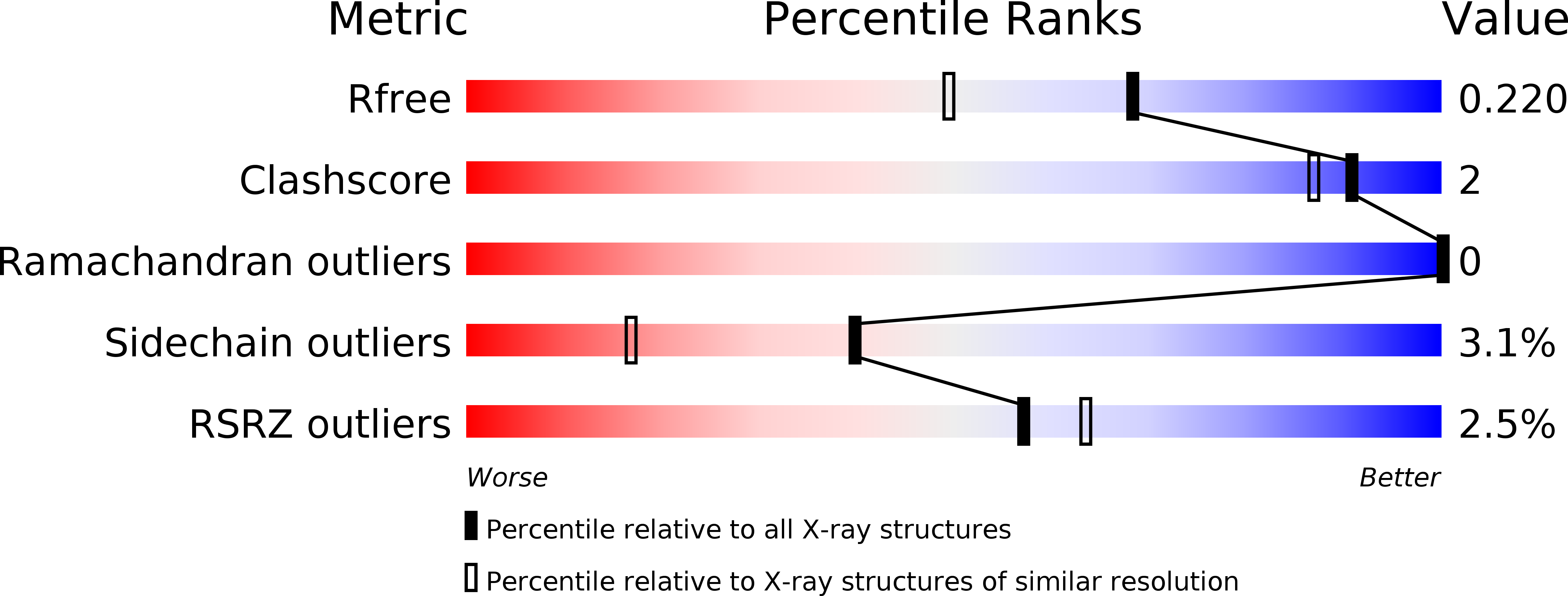
Deposition Date
2009-10-30
Release Date
2010-04-07
Last Version Date
2023-09-06
Entry Detail
PDB ID:
3KH7
Keywords:
Title:
Crystal structure of the periplasmic soluble domain of reduced CcmG from Pseudomonas aeruginosa
Biological Source:
Source Organism:
Pseudomonas aeruginosa (Taxon ID: 287)
Host Organism:
Method Details:
Experimental Method:
Resolution:
1.75 Å
R-Value Free:
0.22
R-Value Work:
0.19
R-Value Observed:
0.19
Space Group:
P 41 21 2


